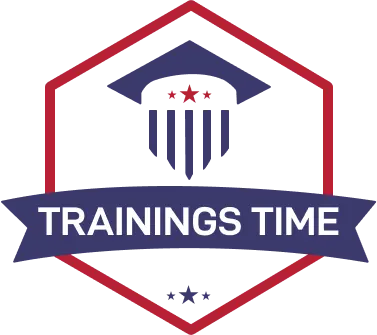Learn How Misclassifications Can Be a Legal Nightmare for Employers!
The new independent contractor rule from the U.S. Department of Labor (DOL) could spark an increase in misclassification lawsuits and make businesses less likely to hire gig workers, according to some legal experts.
The final rule restores an earlier standard that required companies to weigh a variety of economic factors together to determine whether a worker is an employee or an independent contractor. It will take effect on March 11.
It should not be a strange test for employers. We’re back to where we were in the past. It’s the courts that have the power to make that determination about whether an employer misclassified a worker.
The new rule returns to a more employee-friendly standard, and it may usher in a wave of misclassification lawsuits under the Fair Labor Standards Act (FLSA).
The current rule prescribes a five-factor test to guide the analysis, two of which were designated as “core factors” carrying more weight:
1) nature and degree of control over the work and
2) the worker’s opportunity for profit or loss. As such, under the “core factor” test,
if these two factors point in the same direction – an independent contractor – then it is likely that the worker is properly classified as an independent contractor.
By contrast, the proposed six-factor totality test eschews any predetermined weighting. Rather, it requires that each factor be considered in light of the economic reality of the entire activity at issue. The six factors are:
- Opportunity for profit or loss depending on managerial skill
- Investments by the worker and employer
- Degree of permanence of the work relationship (including exclusivity)
- Nature and degree of control (i.e. scheduling, supervision, price setting, and ability to work for others)
- The extent to which the work performed is an integral part of the employer’s business
- Skill and business-like initiative
Employers and professionals must make decisions to be compliant based on the criteria above.








